
The Commonwealth of the Philippines was an unincorporated territory and commonwealth of the United States that existed from 1935 to 1946. It was established following the Tydings–McDuffie Act to replace the Insular Government of the Philippine Islands and was designed as a transitional administration in preparation for full Philippine independence. Its foreign affairs remained managed by the United States.
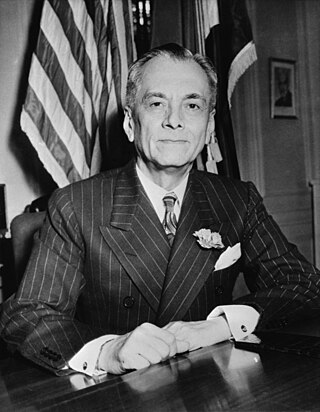
Manuel Luis Quezon y Molina, also known by his initials MLQ, was a Filipino lawyer, statesman, soldier, and politician who was president of the Commonwealth of the Philippines from 1935 until his death in 1944. He was the first Filipino to head a government of the entire Philippines and is considered the second president of the Philippines after Emilio Aguinaldo (1899–1901), whom Quezon defeated in the 1935 presidential election.

The president of the Philippines is the head of state, head of government and chief executive of the Philippines. The president leads the executive branch of the Philippine government and is the commander-in-chief of the Armed Forces of the Philippines.

Sergio Osmeña Sr. was a Filipino lawyer and politician who served as the fourth President of the Philippines from 1944 to 1946. He was Vice President under Manuel L. Quezon. Upon Quezon's sudden death in 1944, Osmeña succeeded him at age 65, becoming the oldest person to assume the Philippine presidency until Rodrigo Duterte took office in 2016 at age 71. A founder of the Nacionalista Party, Osmeña was also the first Visayan to become president.

The Quezon Memorial Circle is a national park located in Quezon City, Metro Manila, Philippines. The park is located inside a large traffic circle in the shape of an ellipse and bounded by the Elliptical Road and is the main park of Quezon City. Its main feature is a 66-meter (217 ft) tall mausoleum containing the remains of Manuel L. Quezon, the second official President of the Philippines and the first of an internationally recognized independent Philippines, and his wife, First Lady Aurora Quezon.
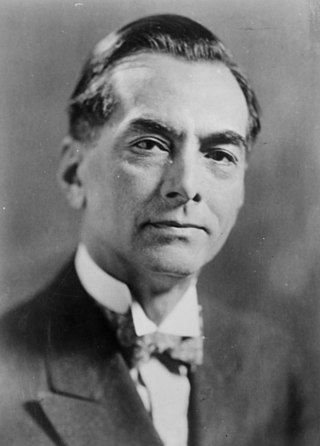
The 1935 Philippine presidential and vice presidential elections were held on September 16, 1935. This was the first election since the enactment of the Tydings–McDuffie Act, a law that paved the way for a transitory government, as well as the first nationwide at-large election ever held in the Philippines.

The National Assembly of the Philippines refers to the legislature of the Commonwealth of the Philippines from 1935 to 1941, and of the Second Philippine Republic during the Japanese occupation. The National Assembly of the Commonwealth was created under the 1935 Constitution, which served as the Philippines' fundamental law to prepare it for its independence from the United States of America.
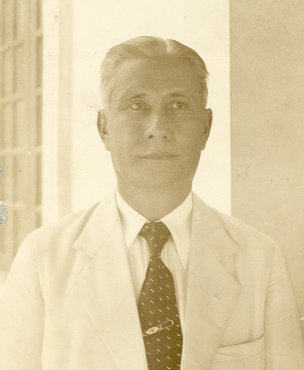
Potenciano Lesaca was a Filipino politician and businessman who became the first civil governor of Zambales, a province of the Philippines in the Central Luzon region. He served from 1901 to 1903, and was the first governor of the American era. His brother, Juan Lesaca, was governor from 1910 to 1916.
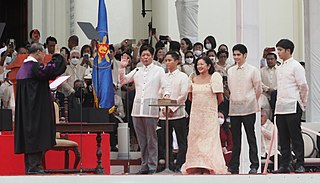
The inauguration of the president of the Republic of the Philippines is a ceremony marking the commencement of the six-year term of a president of the Philippines, who is both head of state and head of government. The inauguration is performed on June 30, as mandated by the 1987 Constitution. Under the older 1935 Constitution, the date was December 30, which is also Rizal Day; the last inauguration held on the older date was Ferdinand Marcos' second one on December 30, 1969. The most recent public presidential inauguration ceremony was that of President Bongbong Marcos, who began his six-year term in office on Thursday, June 30, 2022.

Manuel Luis "Manolo" Casas Quezon III is a Filipino writer, former television host and a grandson of former Philippine president Manuel L. Quezon.

The Cebu Provincial Capitol is the seat of the provincial government of Cebu in the Philippines. Located at the north end of Osmeña Boulevard in Cebu City, it was designed by Juan M. Arellano, a Filipino architect best known for the Manila Metropolitan Theater (1935), the Legislative Building, and the Manila Central Post Office (1926). An inscription on the central concave portion of its façade reads, "The authority of the government emanates from the people. Erected A.D. MCMXXXVII."

The 1941 Philippine presidential and vice presidential elections were held on November 11, 1941, a month before the Attack on Pearl Harbor; and subsequently, the Japanese invasion of the Philippines, which brought the Philippines and the United States to the Second World War. Incumbent President Manuel Luis Quezon won an unprecedented second partial term as President of the Philippines in a landslide. His running mate, Vice President Sergio Osmeña, also won via landslide. The elected officials however, did not serve their terms from 1942 to 1945 due to World War II. In 1943, a Japanese-sponsored Republic was established and appointed Jose P. Laurel as president. From 1943 to 1945, the Philippines had two presidents. Quezon died in 1944 of tuberculosis and was replaced by Sergio Osmeña.

The National Museum of Fine Arts, formerly known as the National Art Gallery, is an art museum in Manila, Philippines. It is located on Padre Burgos Avenue across from the National Museum of Anthropology in the eastern side of Rizal Park. The museum, owned and operated by the National Museum of the Philippines, was founded in 1998 and houses a collection of paintings and sculptures by classical Filipino artists such as Juan Luna, Félix Resurrección Hidalgo and Guillermo Tolentino.
The 1935 Philippine general election was the first general election of the Commonwealth of the Philippines. This was also the first direct election of the President of the Philippines and Vice President of the Philippines, positions created by the 1935 constitution. Furthermore, members of the National Assembly of the Philippines, that replaced the Philippine Legislature were elected.
The second inauguration of Manuel L. Quezon as the second president of the Philippines and the first president of the Philippine Commonwealth took place on December 30, 1941 at the Malinta Tunnel in Corregidor. The inauguration marked the beginning of the second term of Quezon as President and Sergio Osmeña as Vice President. The oath of office was administered by Chief Justice of the Supreme Court of the Philippines José Abad Santos. Corregidor was chosen as the venue of the inauguration and temporary seat of the government in-exile to take refuge from the uninterrupted Japanese bombing raids during the Japanese invasion.
1935 in the Philippines details events of note that happened in the Philippines in 1935
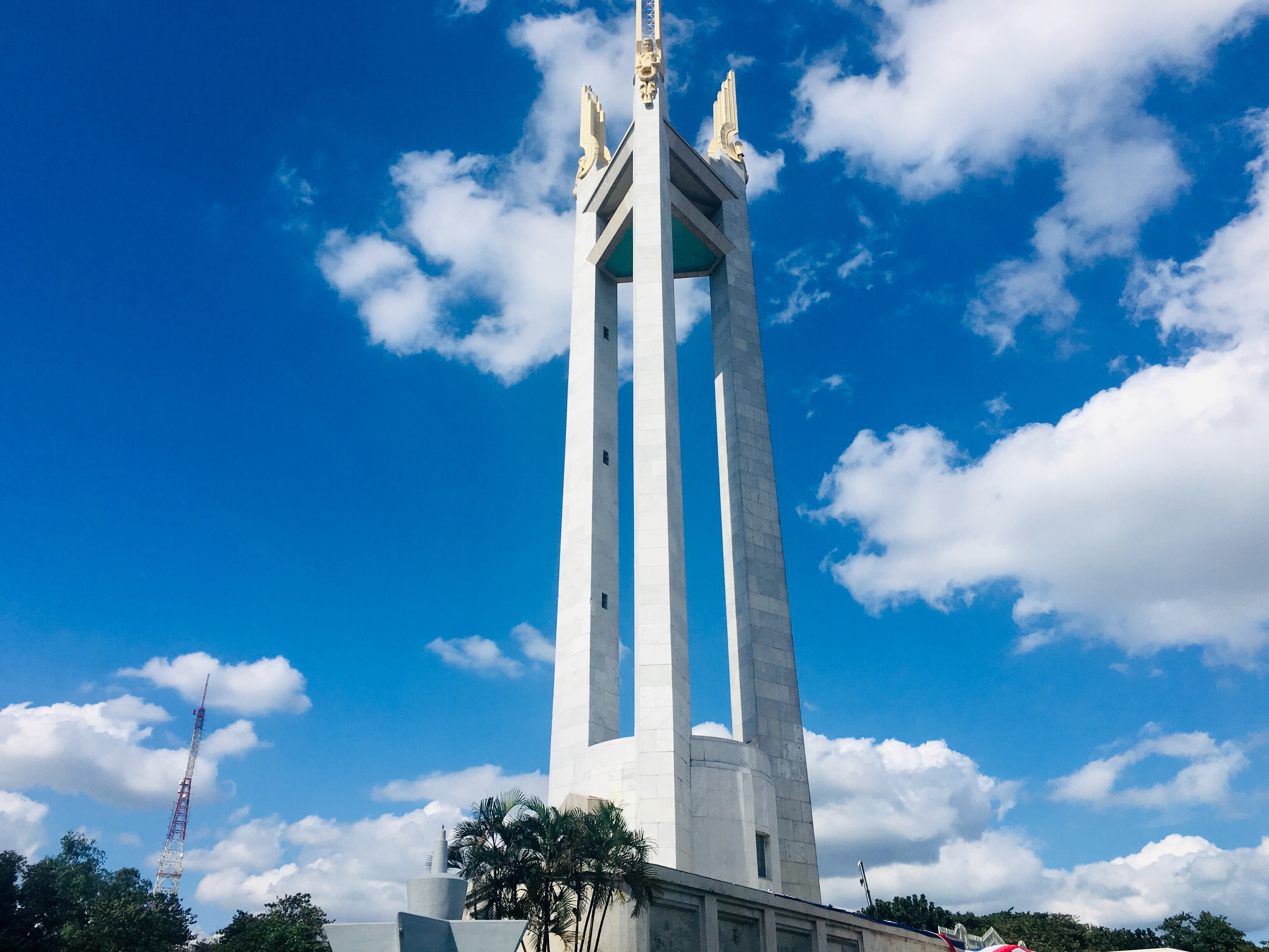
The Quezon Memorial Shrine is a monument and national shrine dedicated to former Philippine President Manuel Quezon located within the grounds of Quezon Memorial Circle in Quezon City, Metro Manila. It also houses a museum at its base.

The Presidential Car Museum is a museum within the Quezon Memorial Circle in Quezon City, Metro Manila, Philippines. The museum displays cars used by the former Philippine Presidents.
The third inauguration of Manuel L. Quezon as the second president of the Philippines and the first president of the Philippine Commonwealth under the United States took place on November 15, 1943 in Washington, D.C. The inauguration marked the start of the third and last term of Quezon as President and Sergio Osmeña as Vice President. The oath of office was administered by US Associate Justice Felix Frankfurter.















